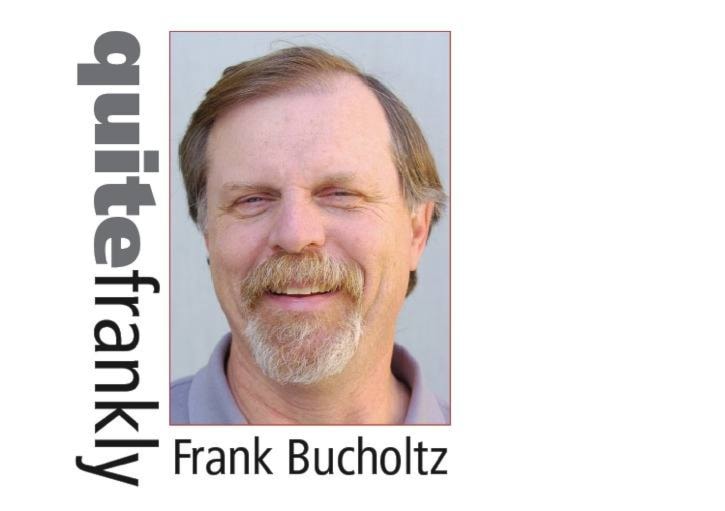The recent passing of Kay Kells, who carefully gathered and recorded the history of Port Kells and West Langley, caused me to reread her work.
She had a strong personal interest in the area. She first put the Port Kells history booklet together in the late 1960s, and updated it several times.
She grew up in West Langley, much of which is now considered as the Port Kells industrial area, and married into the Kells family the community is named after. Her husband was a grandson of one of the two Henry Kells, two Irish brothers-in-law. They bought land along the Fraser River around 1885, and made elaborate plans to turn the remote area into a thriving port and city.
While their initial plans did not come to immediate fruition, Port Kells has been an important industrial area for much of its existence and today remains one of Surrey’s most important industrial hubs.
Here’s a short excerpt from her Port Kells history: “The two Henry Kells’ died with the thought that their proposed dream of a great freshwater port had passed them by. It has taken close to 100 years, but I think these two gentlemen would be proud to see the industrial development that is blossoming here.”
One of the themes in her books has not been examined in any depth – the effect of the construction of Highway 1 on the communities which it severed when built in the early 1960s. One of those communities was Port Kells, which fortunately did receive the 192 Street overpass to allow some of the old links to remain.
In Surrey, there were initially five links between the north and south sides of the freeway – 152 Street, 160 Street, 104 Avenue, 176 Street and 192 Street.
In the case of Port Kells, the effect of the freeway was to eventually turn it into two very different communities – a residential and agricultural area south of the freeway, and an industrial park to the north. Almost all homes north of the freeway were gone by the ’80s, and some of the original roads (notably Harvie Road) disappeared.
There are very few remnants of “old” Port Kells north of Highway 1. Two outstanding ones remain: St. Oswald’s Anglican Church at 190 Street and 96 Avenue and the former Baron von Mackensen house at 192 Street and 96 Avenue. The former “spy” house (Von Mackensen was convicted as a German spy during the First World War) is now a restaurant and pub.
Kay Kells went to great effort to document which families lived where, and the details she compiled about day-to-day life are an important part of the historical record. They are vital in understanding how Port Kells has been transformed.
No modern city like Surrey can truly be a complete community without an understanding of where it has come from. While few Surrey residents show much interest in their city’s past, thankfully there have been people like Kells who wanted to ensure that there was as complete an historical record as possible.
The southern area of Port Kells, south of Highway 1, has been on the radar screen of both the city and developers for some time, and it will not retain its current rural feel forever. Thankfully, both current and future residents have the ability to find out how their unique community came about, and what it was like in earlier years.
